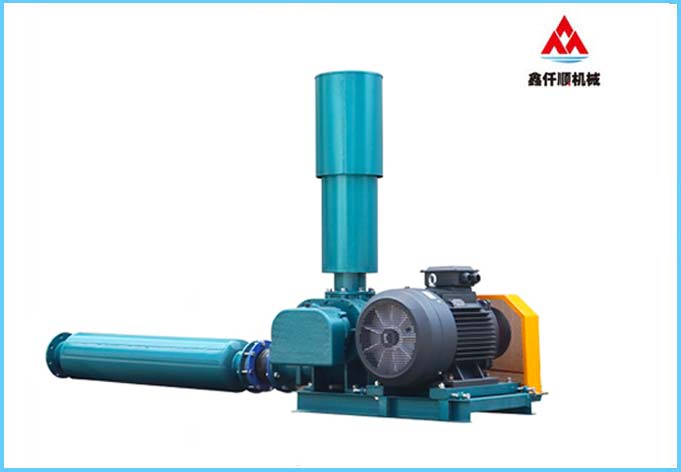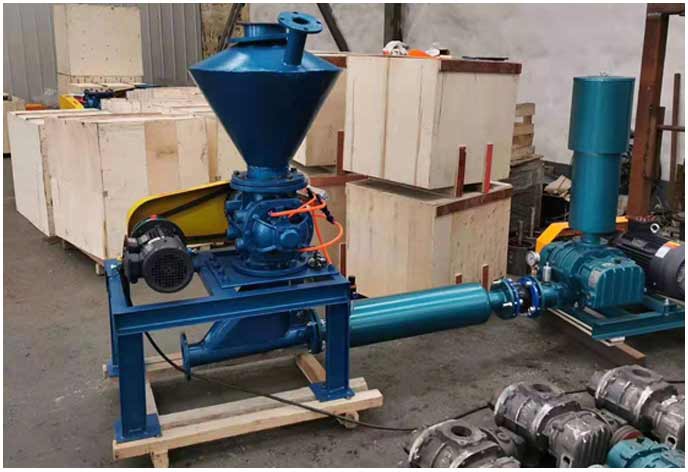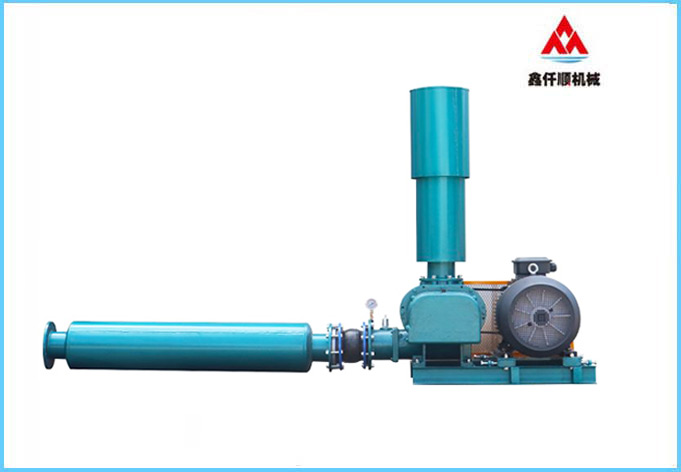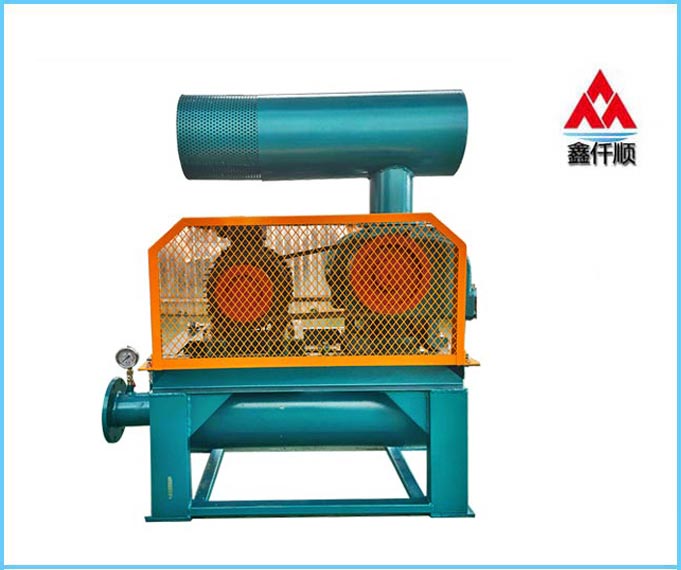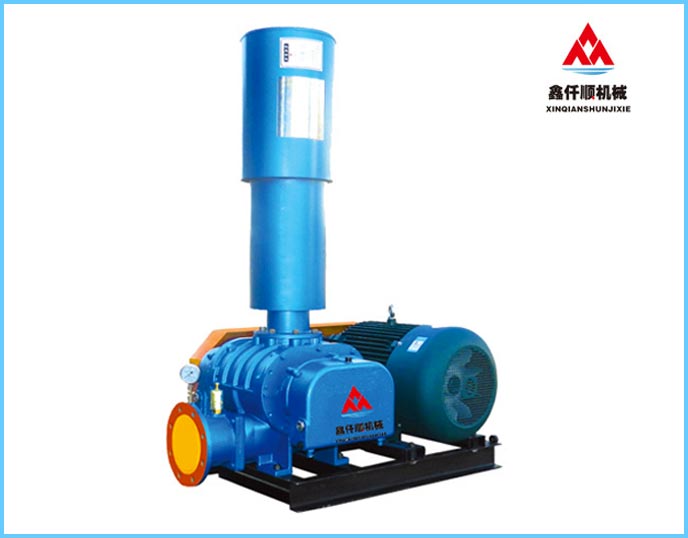The volume flow of Roots blower under standard and service conditions is constant, but because of the air density( ρ) 、 The moisture content (ds) has changed, resulting in an increase in the oxygen supply (FOR) from the blower to the aeration tank when the temperature decreases in winter and a decrease in summer. With the increase of air density, the mass flow of dry air supplied by Roots blower will increase significantly compared with the standard state, which will lead to the increase of oxygen supply. From the actual measurement of operation, the dissolved oxygen in the aeration tank in winter is 1~3mg/L higher than that in summer every year.
Therefore, during the production and operation of Roots blower, the equipment needs to be adjusted in time according to this change, so that the oxygen filling capacity of Roots blower can adapt to the actual oxygen demand in operation. For Roots blower, it is economical and practical to use frequency converter to adjust the air supply volume by changing the fan speed. When used in plateau areas, the ambient atmospheric pressure will also change, and the pressure ratio will increase accordingly. Then, the leakage flow qvb of roots blower will increase, which will lead to the reduction of air volume flow supplied by the blower, and may also lead to insufficient oxygen supply.
The flow of roots blower is related to the speed. If the flow decreases, the speed decreases, and the biggest reason for the speed decrease is the belt slipping. There are two connection modes between roots blower and motor, one is direct connection, that is, coupling connection, and the other is belt connection, that is, belt pulley connection. For the fan with belt coupling, if the belt slips on the pulley, the rotation speed of the fan will drop, resulting in a drop in flow and failure to establish the required pressure. Therefore, if it is found that the flow of the fan decreases and the pressure fails to meet the requirements, check the belt pulley connecting the fan and the motor, tension the belt, or replace the belt and increase the number of belts to ensure that the fan speed is normal.
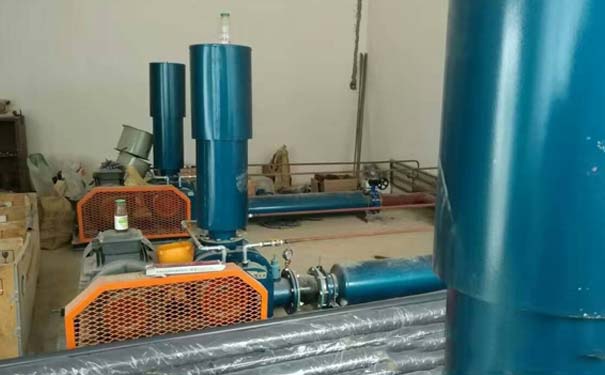
The increase of resistance in the system where Roots blower is located will also lead to the decrease of fan flow. Therefore, if the flow of the fan is insufficient, the inlet filter should be checked. Blockage of the inlet filter will increase the air inlet resistance. Once the inlet filter is found to be blocked, clean the filter and adjust the inlet pressure to the specified value.
Pipe leakage is also a major culprit for the flow decline of Roots blower. Therefore, part of the flow loss can be recovered by checking the pipeline, fastening the connection parts, and repairing the leaking parts.
The flow of Roots blower decreases with the increase of internal clearance of blower. That is, the flow drop may also be caused by the larger internal clearance of the blower, and the important reason for the larger internal clearance of the blower is the wear of the impeller. Therefore, if the culprit of flow decline cannot be found in other factors, the fan should be disassembled to see if the impeller is worn. Transporting corrosive gas, too much dust, high air humidity, etc. may lead to wear of the impeller and larger internal clearance of the fan. If this is the case, adjust the internal clearance of the fan, or even replace the rotor.
Text term label: Roots blower
Article address: //wuhanzhcs.com/html/news/n02/832.html


